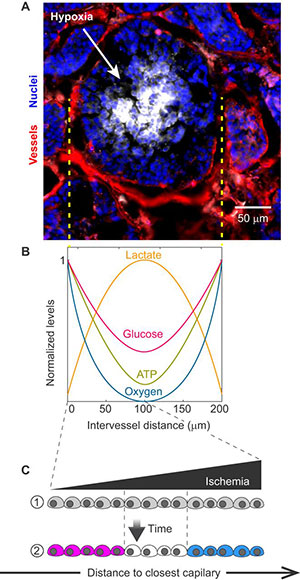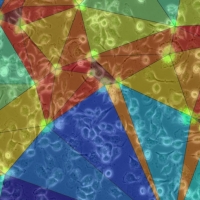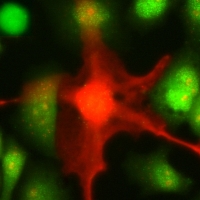Posted by carmofon.org on July 12, 2018
We just published a review on how metabolites modulate immune cell phenotypes. It is part of a great special issue on Cancer Metabolism from Disease Models & Mechanisms (DMM), a non-for-profit journal (from the same publisher of Development and the Node!).
In our review we discuss how metabolites in the microenvironment change immune cells in a similar manner than cell signals such as chemokines, cytokines, and interleukins do. In fact, we propose that the phenotype of immune cells is the integration of both, conventional cell signals and metabolic cues. Keeping in mind the role of metabolites is particularly important in tumors where the metabolic microenvironment is severely altered. Our review focused primarily on tumor-associated macrophages (known as TAMs) and our paper on TAMs from last year was a major inspiration for this review. One of our messages is that the long held equivalence between TAMs and anti-inflammatory macrophages, often referred as "M2 macrophages", is simply not true. TAMs are quite heterogeneous and their phenotypes are determined by a "metabolic axis" of polarization as much as by pro- or anti-inflammatory signals. This metabolic axis is primarily determined by the distance to the closest blood vessel (see the figure on the right).
Of course metabolites in the microenvironment affect other immune cells and we discuss a bit on that. We are particularly interested on how ischemic microenvironments affect the effector roles of T cells.
You can find the pdf of our article here (it is open source so you should have access to it).
Also check other great articles in this special issue including reviews by the labs of Celeste Simon, Jorge Lima, and Aznar Benitah; and an interview to Lewis Cantley.



